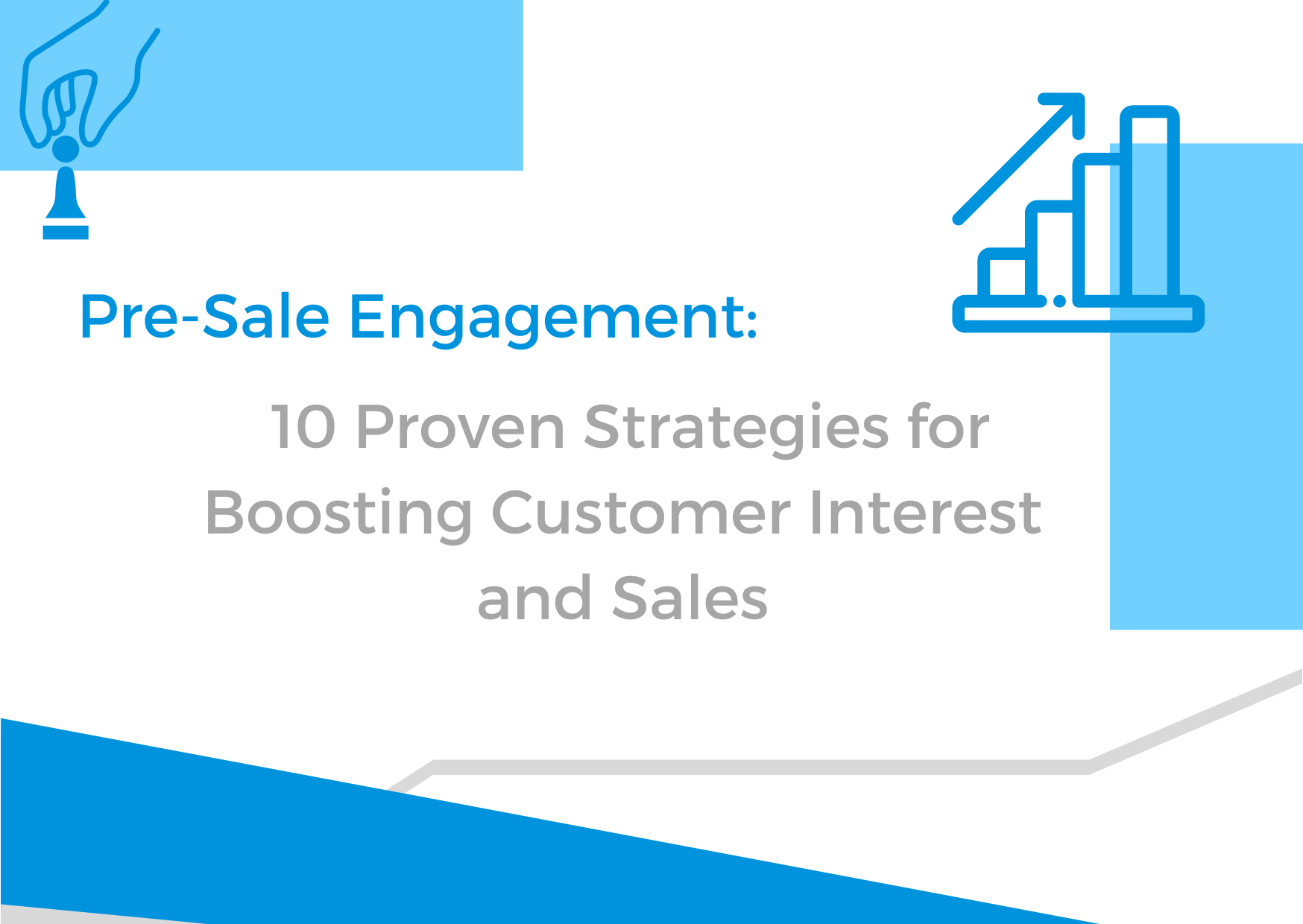Capturing consumer interest and driving sales in today's business world necessitates smart and successful pre-sale interaction. The pre-sale period is an important time to communicate with potential customers, create relationships, and pique their interest in your products or services. Businesses can boost client enthusiasm while also increasing the possibility of conversions by using the strategies listed below.
#1 Targeted Content Marketing
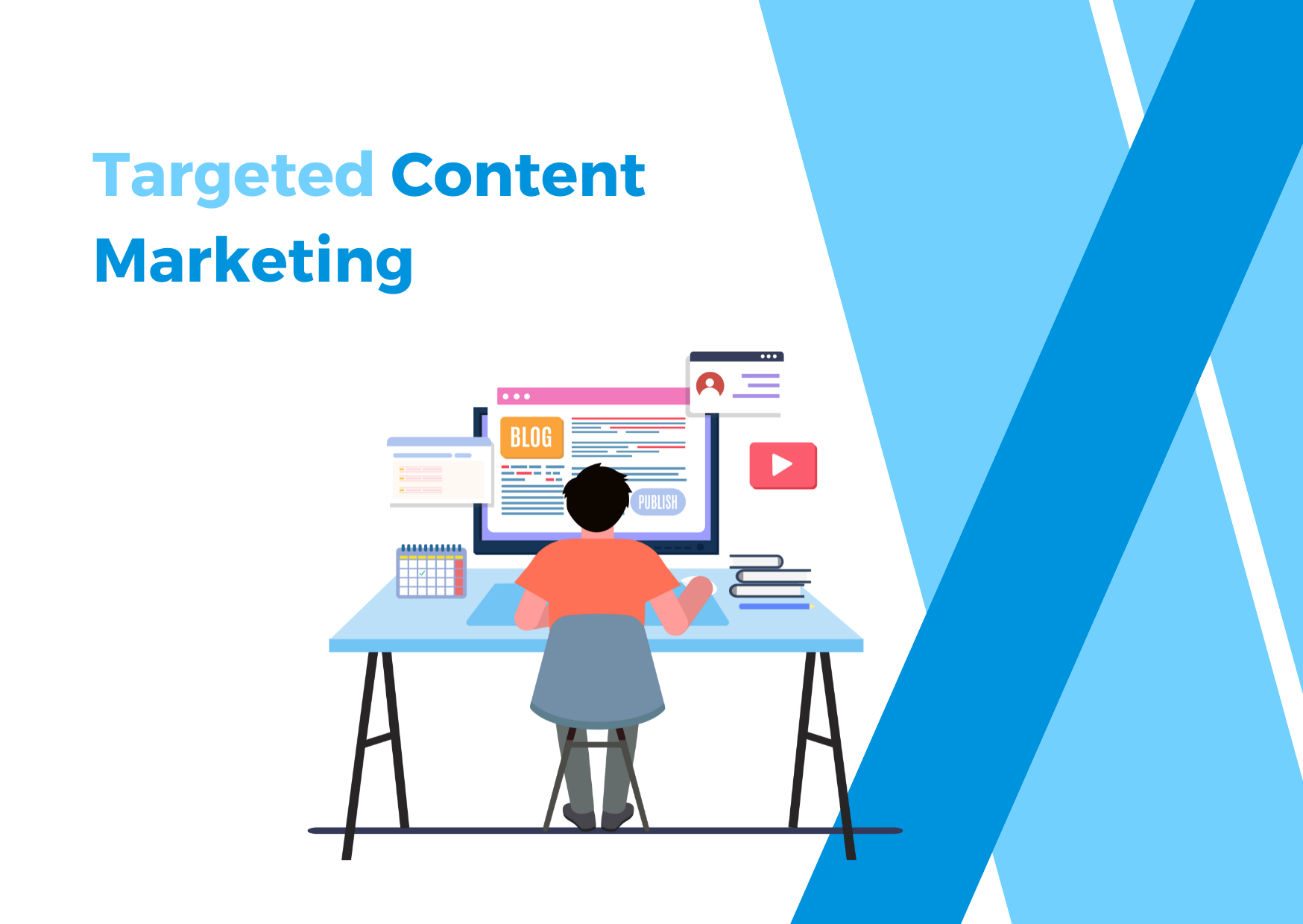
Develop a robust content marketing strategy that focuses on providing valuable and relevant information to your target audience. Create blog posts, videos, whitepapers, and infographics that address their pain points, answer their questions, and showcase the benefits of your products or services. By offering helpful content, you can engage potential customers, establish yourself as a trusted authority, and increase conversions and brand awareness.
Targeted content marketing is a method of developing and delivering valuable and relevant information to a specified audience niche. It entails knowing your target clients' needs, preferences, and pain points, and then creating content that meets those exact areas. Its key elements include:
Buyer Persona Development
Start by researching and identifying ideal customer profiles (ICP). Develop your buyer persona based on the knowledge you gained through audience research of ICP. Buyer personas are fictional representations of your ideal consumers. Each persona, which represents a particular subset of your target audience, contains information about its demographics, occupations, problems, objectives, and preferred content forms. Personas are used as a guide to help you create content.
Content Mapping
Map content to the different stages of customer’s decision-making process (awareness, consideration, and decision). For example, at the awareness stage, focus on educational and informative content, while at the decision stage, provide product comparisons or case studies to help customers make a purchasing decision.
Relevant and Valuable Content
Create content that addresses the specific needs and interests of your target audience. Deliver value by offering insights, solving problems, answering questions, or providing inspiration. Your content should establish your brand as a trusted source of information and position you as an industry expert. Use a mix of formats, such as blog posts, videos, infographics, podcasts, eBooks, or interactive formats such as as flip book to cater to different audience preferences.
SEO Optimization
Ensure that your content is search engine optimized. Conduct keyword research to identify relevant search terms and incorporate them strategically into your content. Optimize meta tags, headings, and image alt texts. By ranking higher in search engine results, your content becomes more discoverable by your target audience, increasing the chances of engagement and conversions.
Personalization
Tailor your content to the specific needs of different segments within your target audience. Use the insights from your buyer personas to create personalized content that resonates with each segment. Leverage dynamic content or marketing automation tools to deliver customized experiences based on user behavior or preferences.
Content Promotion
Develop a content distribution plan to ensure your content reaches your target audience effectively. Utilize various channels such as social media, email marketing, industry forums, guest blogging, influencer partnerships, and content syndication platforms. Promote your content through targeted ads to reach specific audience segments.
Consistency and Frequency
In content marketing, consistency is crucial. Create a content calendar to organize and schedule your content development and delivery. In order to keep your audience interested and foster anticipation for new information, keep up a consistent posting schedule. Consistent and frequent content aids in the establishment of your brand's visibility and credibility.
#2 Personalize the Customer Experience
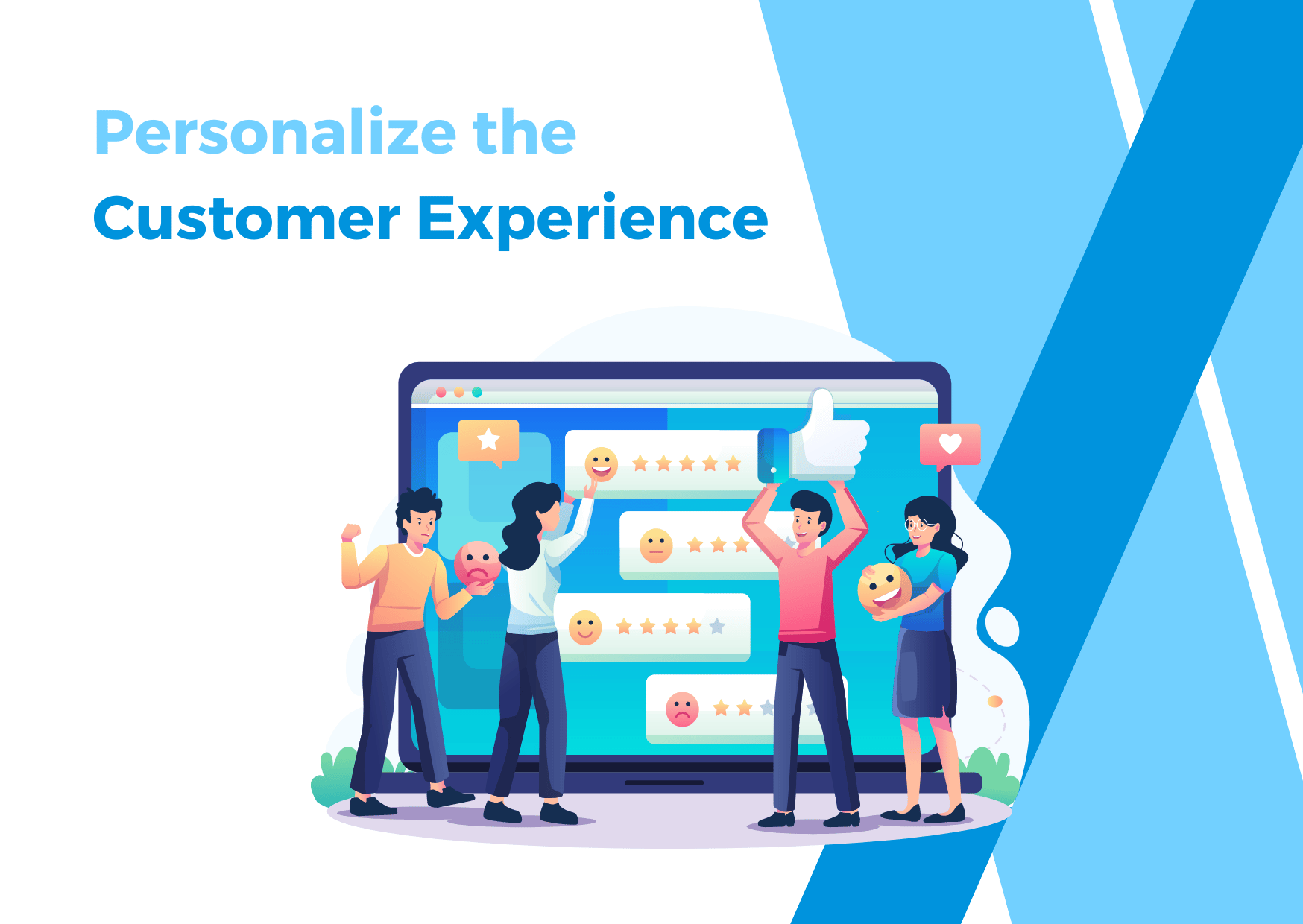
Today’s customers expect an experience that is personalized and tailored to their needs. To deliver this experience, you need to be able to personalize your interactions with each customer based on their needs, preferences, and behaviors.
Tailor your pre-sale interactions to each individual customer. Utilize customer data and insights to personalize your communication, recommendations, and offers. Address their specific needs, preferences, and concerns to create a more personalized and engaging experience. This approach fosters a sense of connection and increases the likelihood of conversions.
Leverage email marketing to engage potential customers on a personalized level. Segment your email list based on factors such as demographics, interests, and buying behavior. Craft targeted email campaigns that deliver tailored content, product recommendations, exclusive offers, and reminders. Personalized emails help establish a connection, increase open and click-through rates, and drive conversions.
#3 Leverage Social Proof
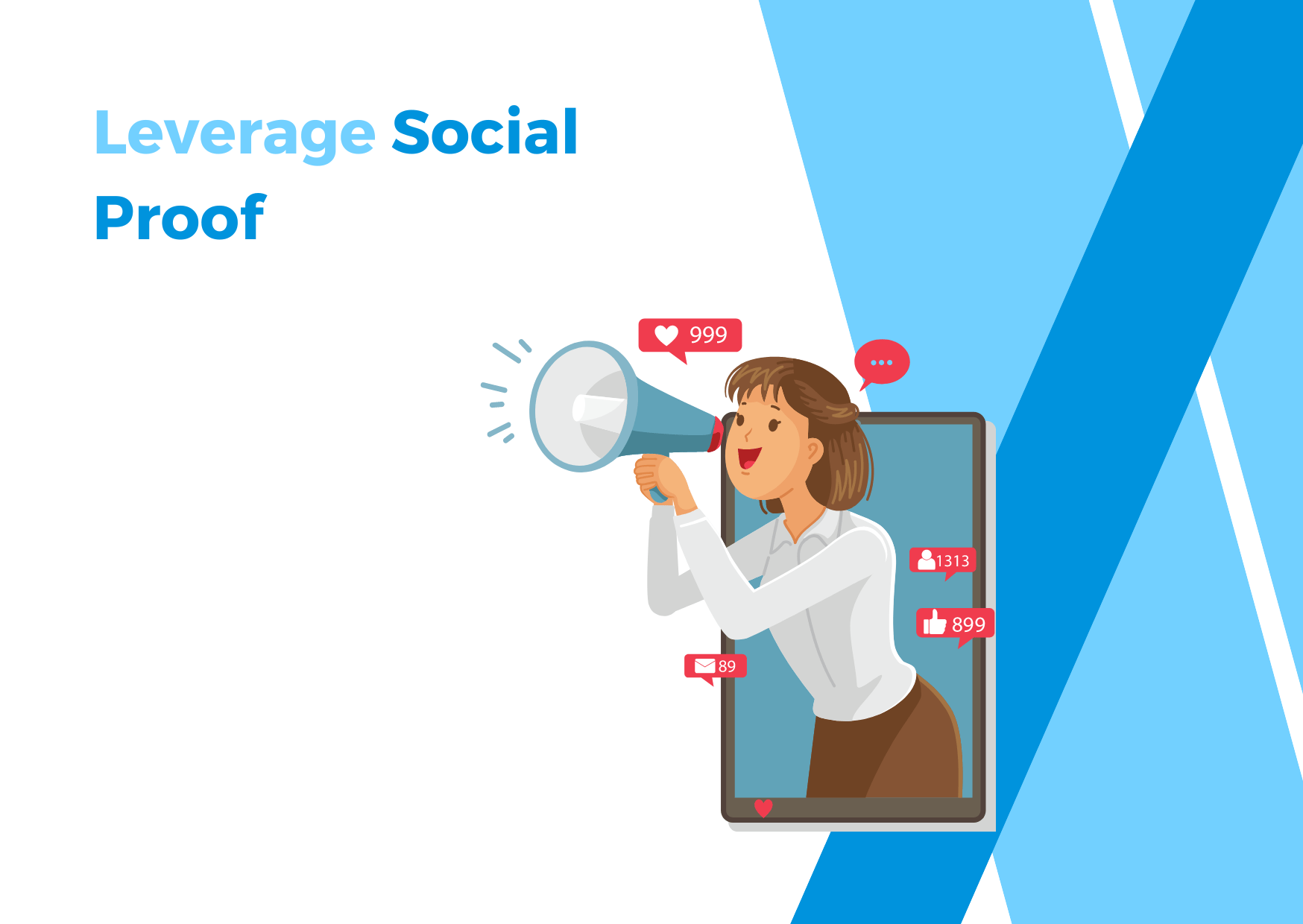
Use social proof to establish credibility and trust with potential customers. Highlight endorsements, success stories, and case studies from delighted clients who have reaped the rewards of your goods or services. On your website, prominently display customer reviews and ratings. You may also use social media to highlight favorable comments. Social proof is a potent indicator of the value of your business and has a big impact on consumer decisions.
#4 Social Media Engagement
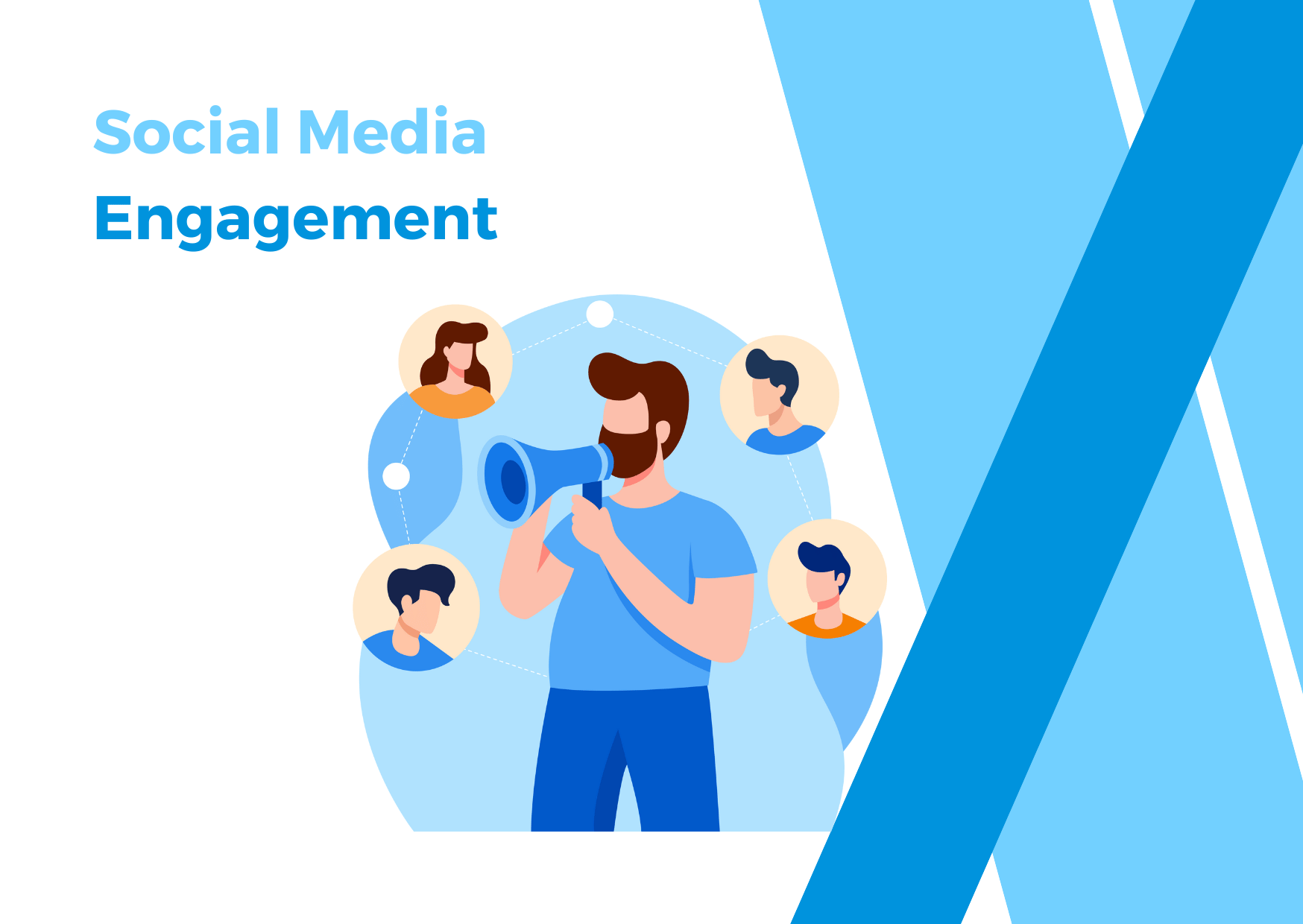
Use the power of social media to engage potential clients before the sale. Share interesting and educational stuff on a regular basis, such as product updates, recommendations, and market insights. Encourage communication by quickly replying to remarks, messages, and mentions. To actively engage your audience and create interest in your offerings, hold competitions, quizzes, or polls.
#5 Influencer Collaborations
Collaborate with industry leaders or influencers to engage with their audiences and broaden your reach. Industry leaders or Influencers can promote your items by endorsing them, sharing reviews, or creating sponsored material that highlights your offerings. They can attract potential customers' attention and encourage them to learn more about your brand thanks to their authority and reputation. For optimum impact, choose influencers whose following is similar to your target market.
#6 Interactive Webinars and Live Demos
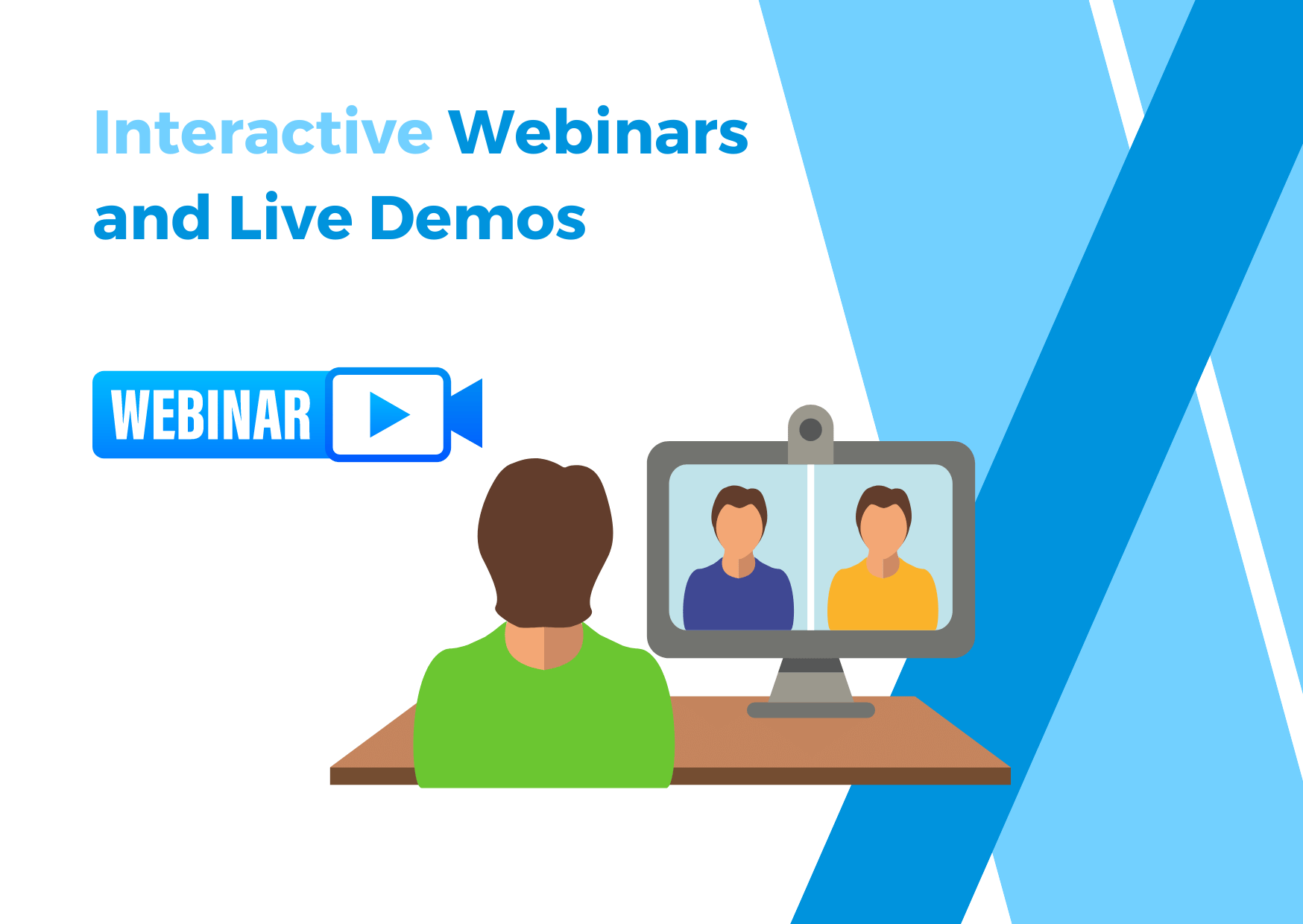
Organize webinars or live demos to showcase your products or services in action. Offer attendees the opportunity to ask questions and engage directly with your team. Interactive sessions allow potential customers to experience your offerings firsthand, address their concerns, and build confidence in your solutions. Webinars and live demos are effective tools for generating leads and nurturing prospects through the sales funnel.
Another approach would be to send a demo of your SAAS product even before the call with your customer. This pre-call demo gives potential customers a taste of what to expect and primes them for a more in-depth discussion during the actual call. An interactive demo software can make this process more efficient by ensuring that each prospect receives a personalized demo experience tailored to their interests and needs, thereby enhancing engagement and improving the chances of conversion.
#7 Implement Live Chat and Chatbot Support
Offer instant support through live chat and chatbot features on your website. These tools provide real-time assistance to potential customers, addressing their queries and concerns promptly. Live chat allows for personalized interaction with your sales team, while chatbots can handle basic inquiries efficiently. By providing instant support, you create a positive customer experience and increase the chances of converting leads into customers.
#8 Free Trials and Samples
Offer free trials, samples, or limited access to your products or services to potential customers. This strategy allows them to experience the value and benefits firsthand, eliminating doubts and increasing the likelihood of conversion. Provide clear instructions on how to access the trial or sample and follow up with personalized communication to address any questions or concerns.
Offer exclusive discounts, early-bird pricing, or bundled packages for a limited period. By creating a sense of urgency, you motivate customers to take action and make a purchase decision sooner. Ensure your promotions are communicated effectively through various channels, such as email marketing and social media.
#9 Think Omnichannel Customer Experience
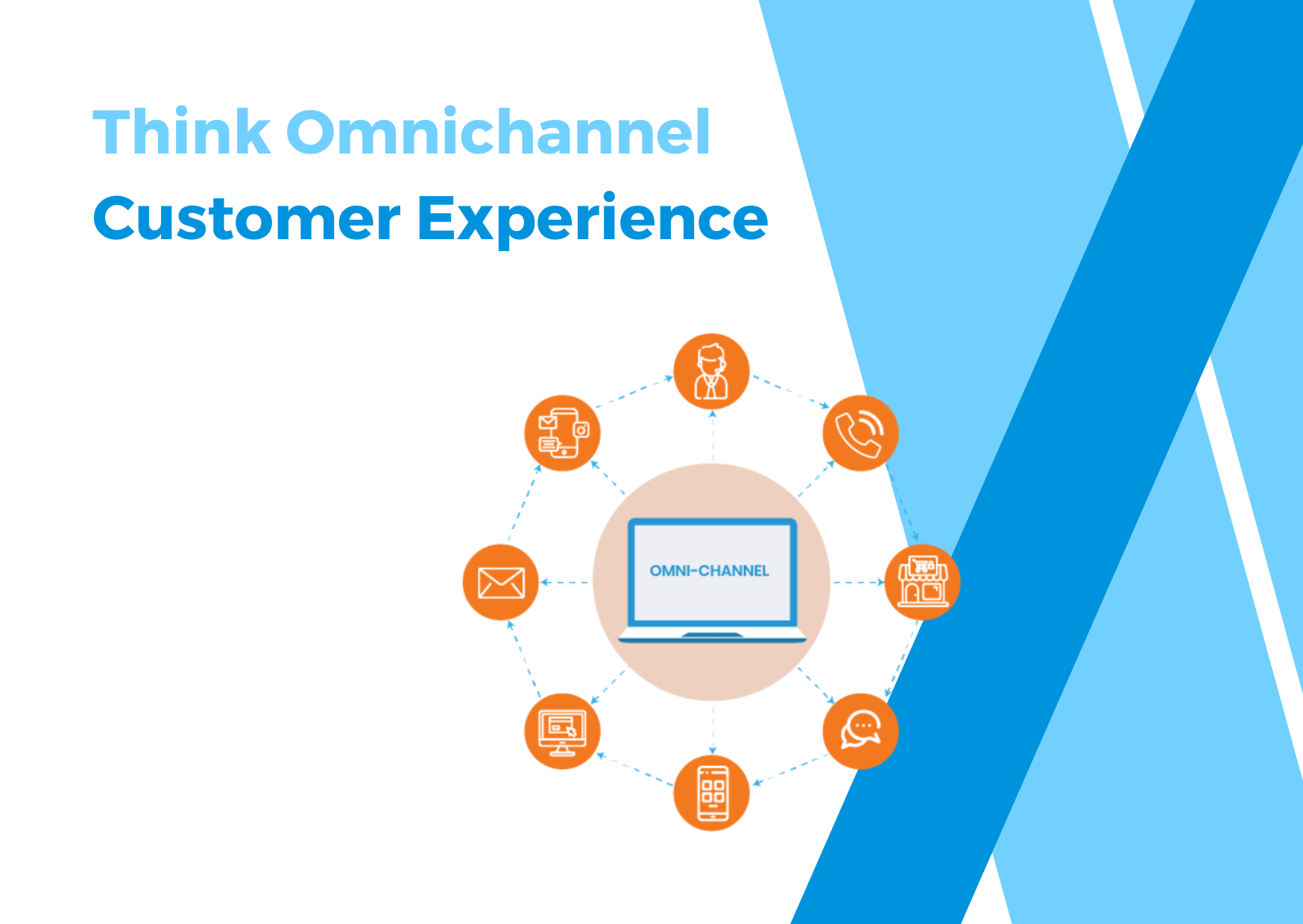
Today’s customers expect a consistent and seamless experience, regardless of the channels they use to interact with the business. To deliver this experience, you need to take an omnichannel approach, ensuring that every customer interaction is consistent, regardless of channel or touchpoint.
To track customers across channels, you can use tools like CRM systems and data analytics tools to provide a smooth and satisfying customer experience. By taking an omnichannel approach, your business can improve the customer experience by creating a seamless experience for customers. Customers can interact with you according to their personal preferences, which improves customer engagement levels and satisfaction..
#10 Automation and AI, For a Successful Customer Experience
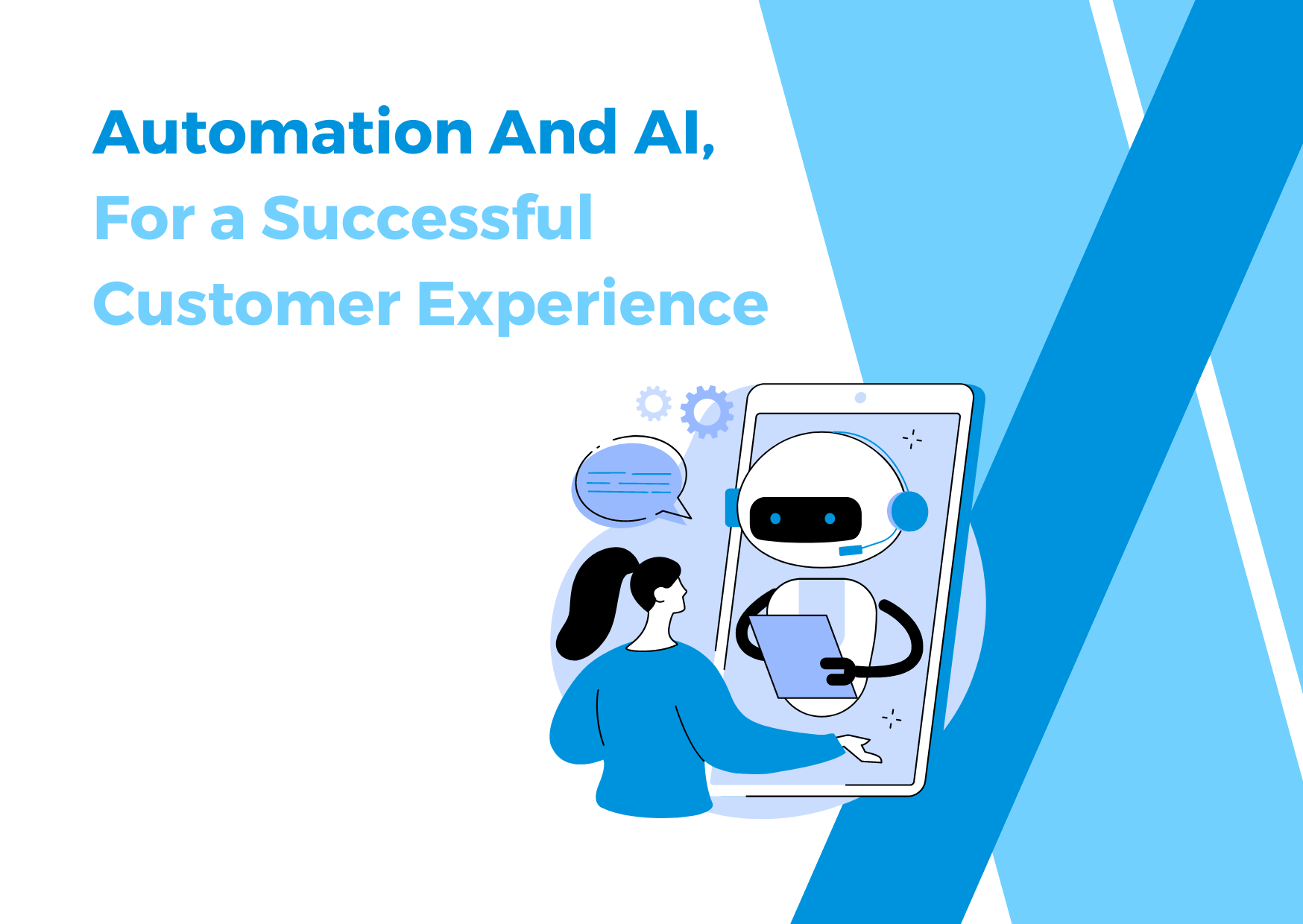
Automation and AI technologies have revolutionized pre-sale engagement by enabling businesses to streamline processes, personalize interactions, and deliver a superior customer experience. Here are some ways businesses can take advantage of automation and AI for pre-sale engagement:
- Predictive Analytics
- Personalized Email Campaigns
- Chatbots and Virtual Assistants
- Social Listening and Sentiment Analysis
- Lead Scoring and Qualification
- Sales Funnel Automation
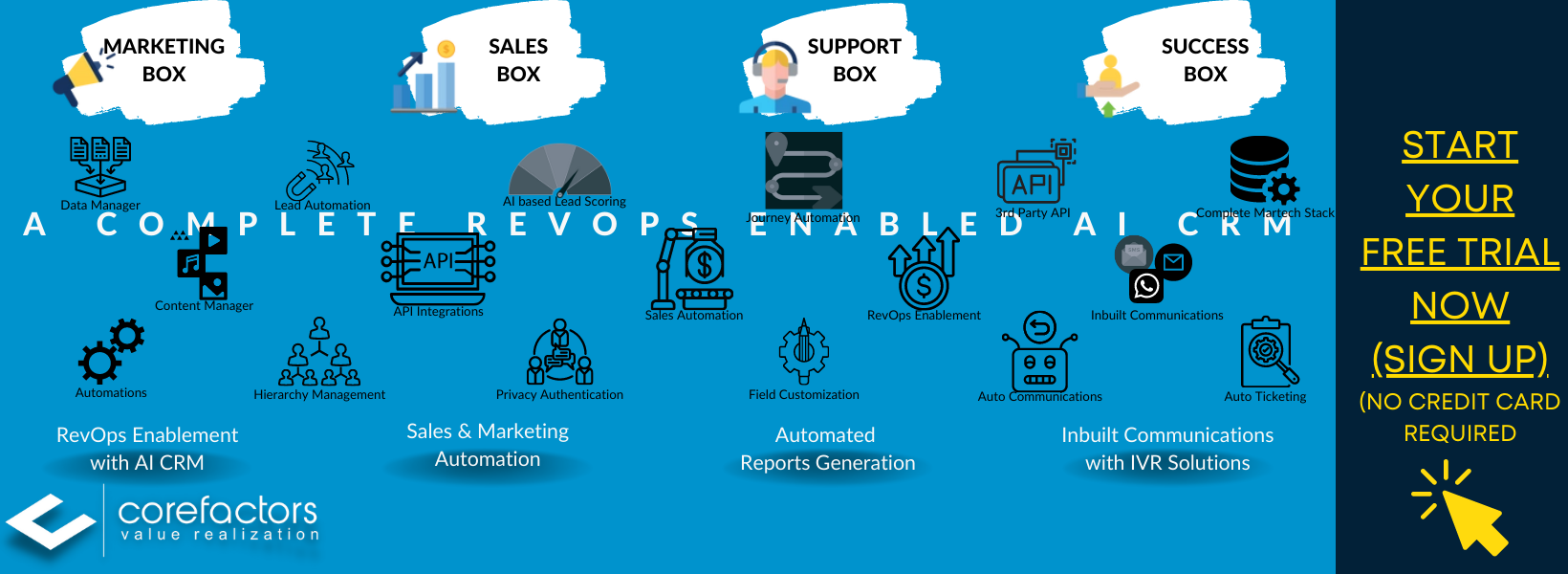
Final Words
Effective pre-sale engagement is essential for capturing customer interest and driving sales. By implementing these 10 proven strategies, you can create meaningful connections with potential customers, build trust, and influence their purchase decisions.
By focusing on pre-sale engagement, you set the stage for a successful sales journey, resulting in increased customer interest, higher conversions, and business growth.
Investing in CRM, preferably modern age CRMs, powered by AI like Corefactors AI CRM, that auto enable RevOps in the business processes and helps businesses grow faster has become a need of the hour for all businesses irrespective of their size and the industry they operate in.

